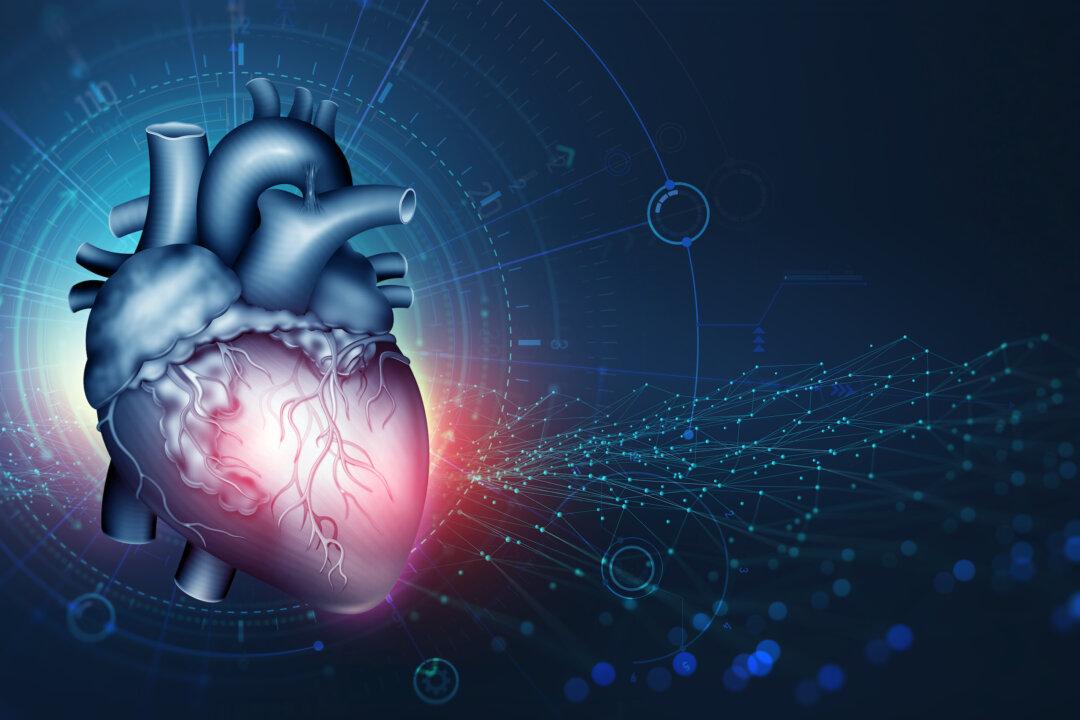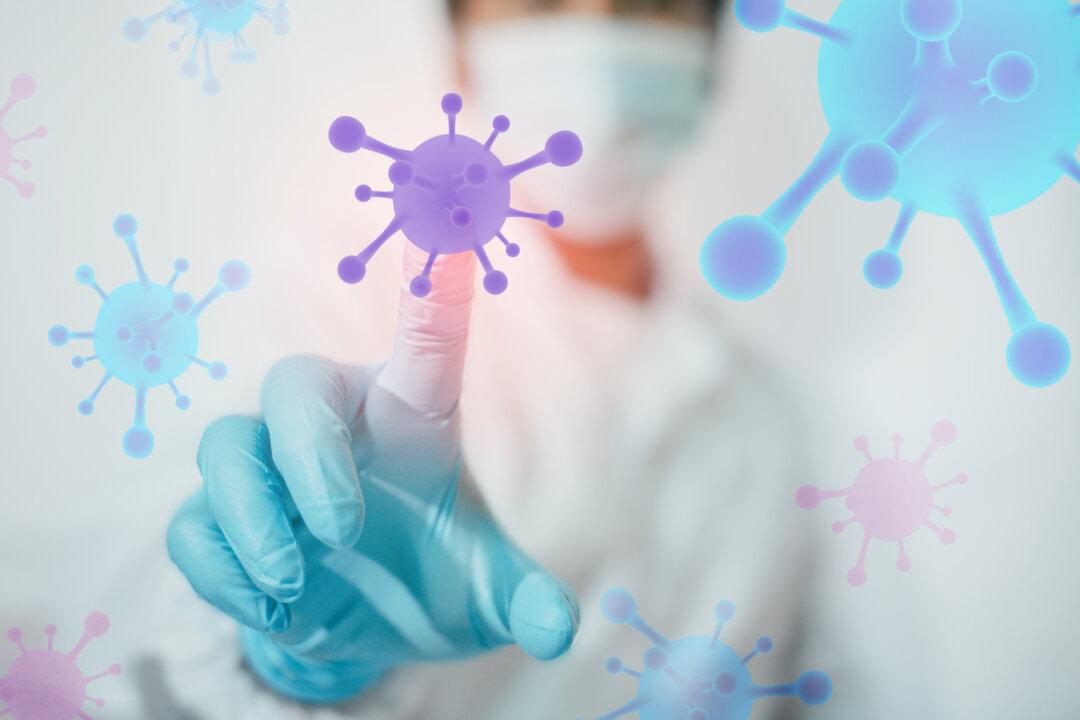Vitamin C gets a lot of love from nutritionists. PubMed lists some 70,000-plus studies into this essential vitamin, looking at everything from its effect on sepsis to how it affects nanoparticle additives in food.
When it comes to its potential as a disease fighter, those who study these things are pretty enthusiastic about it.






